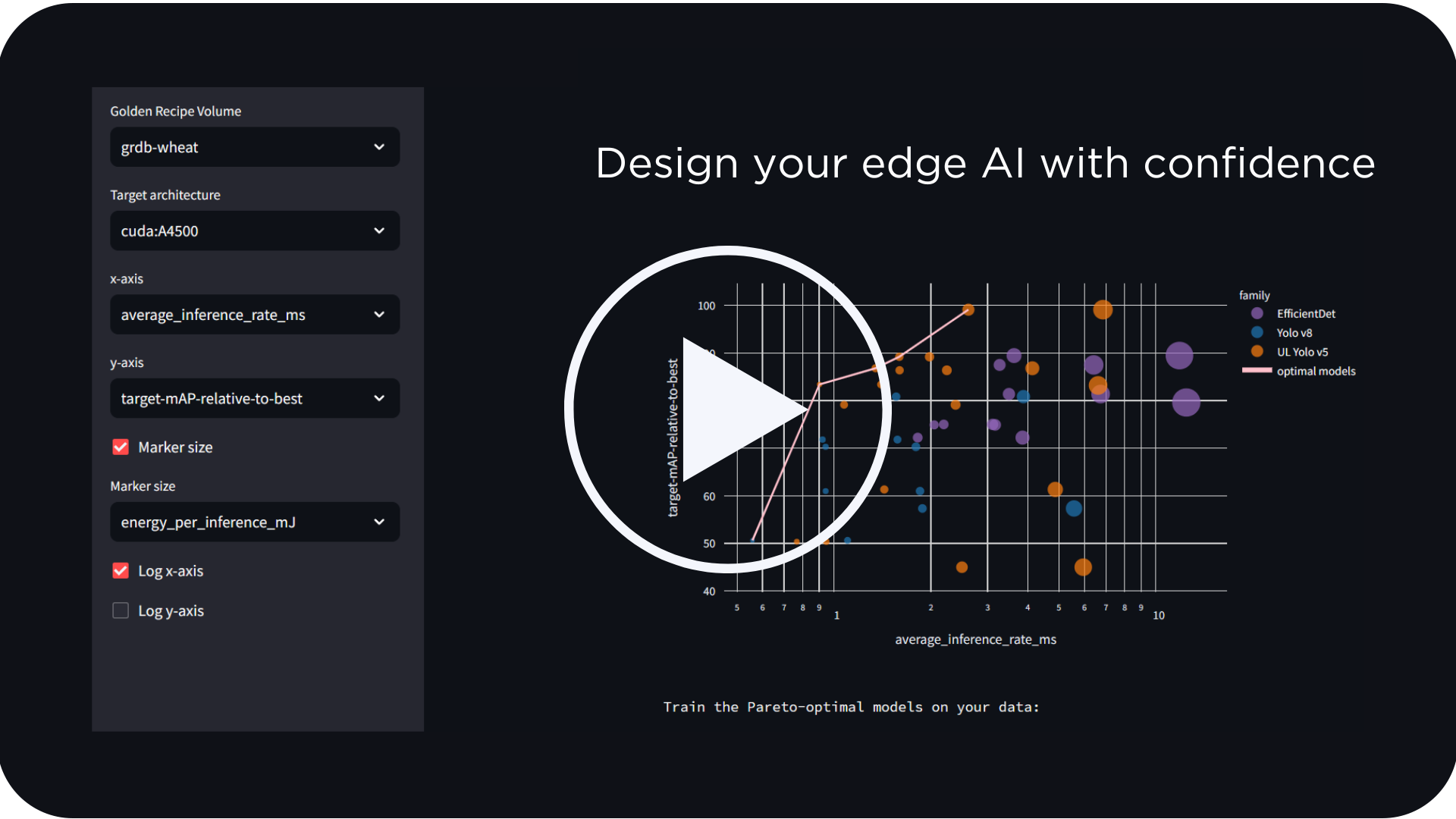Learn how LEIP streamlines edge AI development. Schedule a call today! Schedule Demo

Dive deeper with independent analysis. Latent AI improves depth, speed, and agility of missions with on-board processing for autonomous real-time decisions




